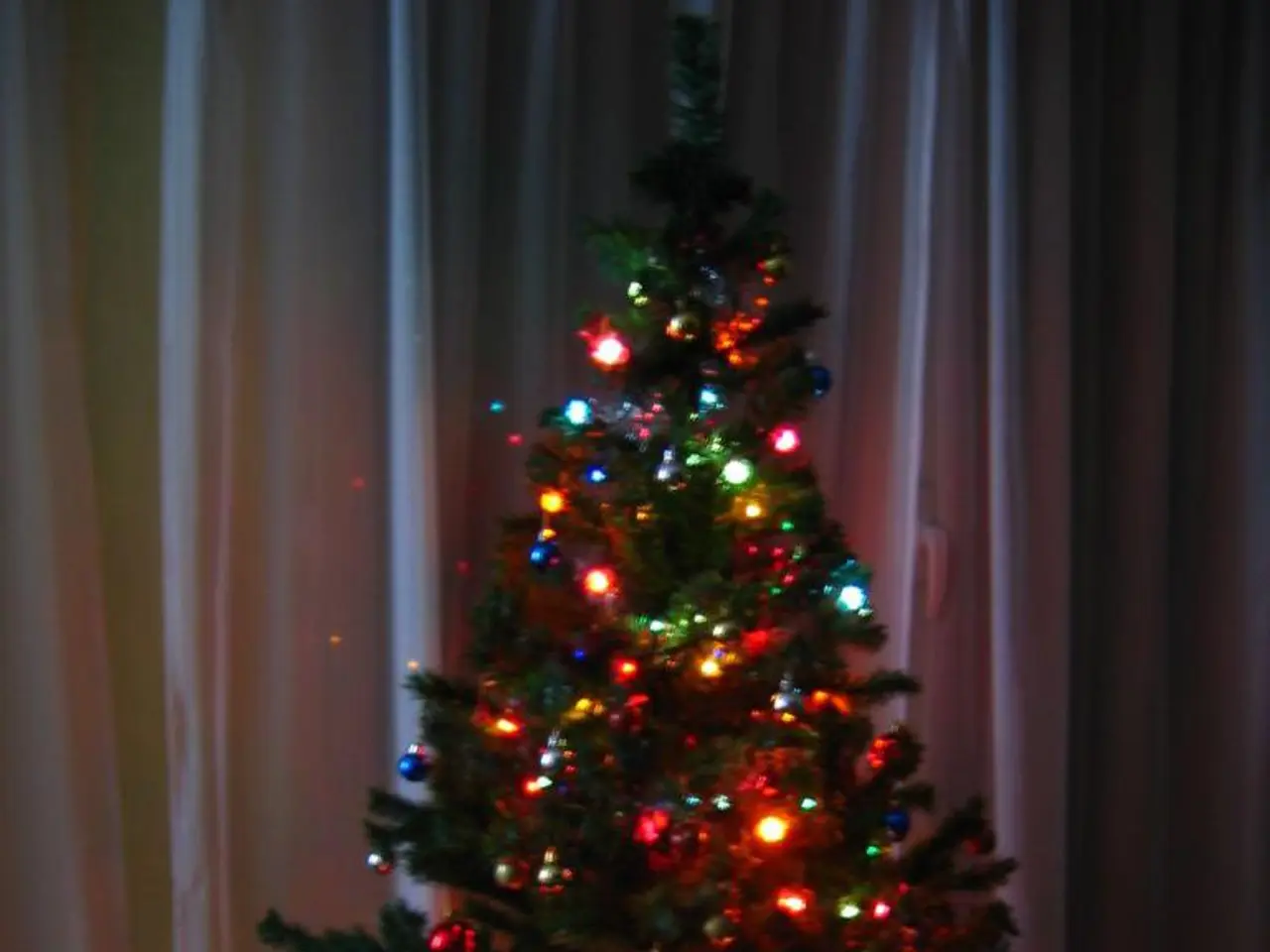Winter Safety for Wildlife: Employing Cornus alba and Cotoneaster for Warmth during Colder Months
Creating a Colorful and Bird-Friendly Container Display for Autumn and Winter
For those seeking to brighten up their outdoor spaces during the colder months, a container display featuring a mix of vibrant, late-season plants and shrubs that offer food and shelter for birds is an excellent choice. Here are some recommendations for a colorful and bird-friendly container display during late autumn and winter.
Echinacea (Coneflower) provides bright color in late summer and fall, and its seed heads last through winter, attracting seed-eating birds like goldfinches. Black-eyed Susan (Rudbeckia) offers cheerful late-summer blooms and sturdy seed heads that remain as a bird food source into winter, adding structure and interest.
Holly (Ilex aquifolium), an evergreen with bright red berries that persist through winter, offers both food and shelter to birds. Hawthorn (Crataegus monogyna) provides flowers and berries that attract birds, plus dense thorny structure for shelter. Cotoneaster and Pyracantha are useful hedging/container plants with ornamental berries valuable for wildlife through winter.
These plants serve dual purposes by adding color and texture to containers and supporting birds with food and shelter during colder months. Combining flowering perennials known for seed heads (Echinacea, Rudbeckia) with berry-bearing shrubs (Holly, Pyracantha) is especially effective. Some may require winter protection if kept in containers but tend to thrive as container-grown plants or bare-root stocks purchased in colder months.
In England and Wales, it is an offence to plant or cause Cotoneaster horizontalis to grow in the wild, so it should be kept in a pot. A low-growing, spreading deciduous shrub with distinctive, flat, herringbone-patterned sprays of leaves, Cotoneaster horizontalis offers pinkish-white flowers in late spring, followed by red berries. Its size is 50cm x 1.8m.
Another suitable option is the evergreen shrub Cotoneaster x suecicus 'Coral Beauty', which boasts small, glossy, dark-green leaves and clusters of small, white summer flowers followed by bright-orange berries. Its size is 1m x 2m.
For a medium-sized shrub with deep-red stems, grey-green leaves, and white flowers followed by berries, consider the deciduous Cornus alba 'Elegantissima', which grows to a height and spread of 3m x 3m.
All the mentioned plants will tolerate a little shade but will shine out in a sunny spot. By selecting a mix of these plants, you can create an attractive, wildlife-friendly display that brightens late autumn and winter while offering essential nourishment for local birds.
Read also:
- Weekly Updates from the German Parliament (Bundestag)
- Rising health care staff shortages in Virginia, as revealed by a watchdog report
- Experiencing Adverse Reactions to Promacta: A Guide to Coping Strategies
- Forward-thinking entrepreneurs and digital nomads, discover a treasure trove of essential resources to empower your online journey with our curated list of top 10 start-up and digital nomad tools.




